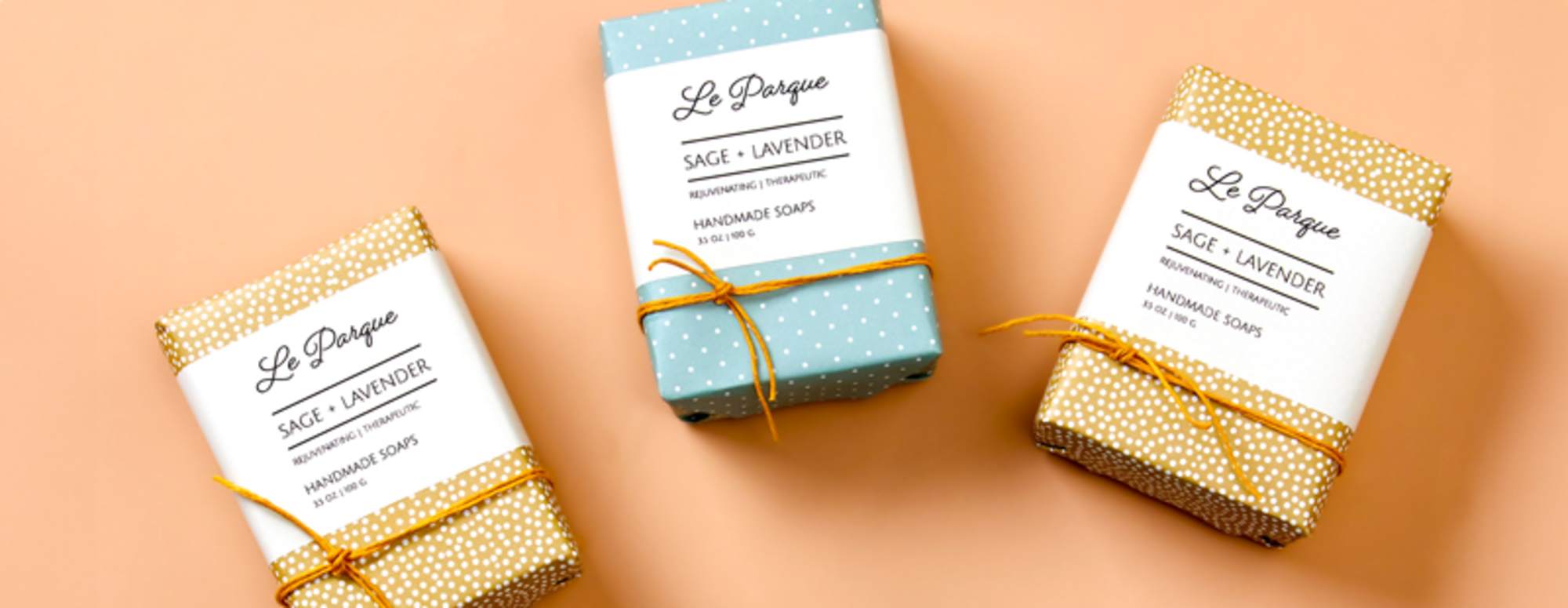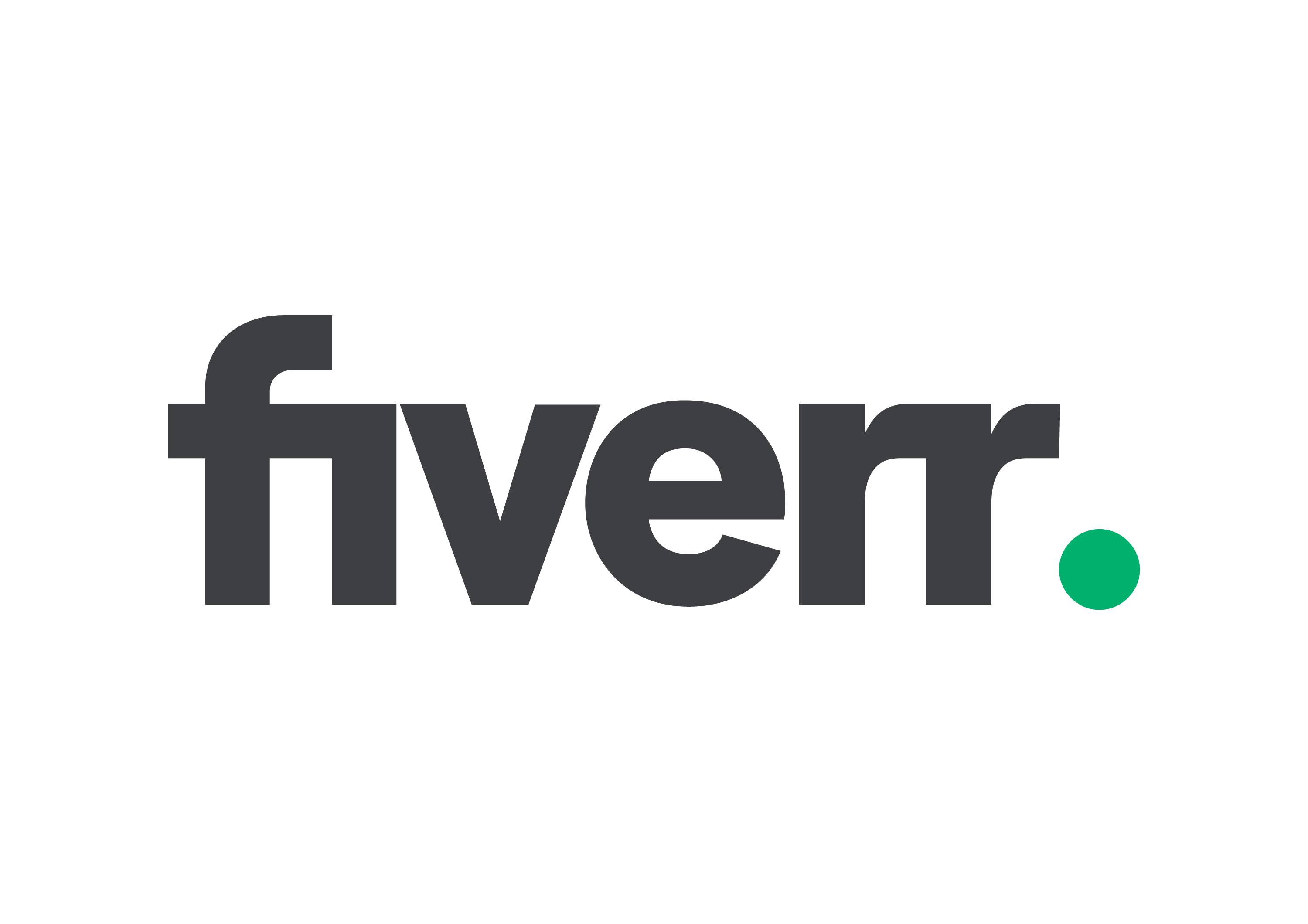
In the realm of digital marketing, Conversion Rate Optimization (CRO) is the practice of converting site visitors into paying customers. To do this, marketers use data-based insights to analyze user behavior. The Predictive Heatmap: An emerging tool for boosting CRO One new innovative tool that is finding its way in CRO strategies out there is the Predictive Heatmap. Now, when it comes to applying predictive heatmaps -As I mentioned earlier, while the typical heatmaps focus on actual user engagement, predictive heatmaps use AI and algorithms to predict the potential user behaviour based on the design and layout. This new kind of engagement takes conversion optimization to a new level.
Explanation of Predictive Heatmaps
A Predictive Heatmap is a visual that uses AI and machine learning to predict and chart which parts of a page a user is likely to pay attention to. It looks at factors such as color contrast, image positioning, text hierarchy and white space to predict where users are likely to look, click or do something else.
It is different from conventional heatmaps which need real-time user data which have to be accumulated. Predictive Heatmaps, on the other hand, give us immediate insights, especially when in website design or redesign mode.
Speed and efficiency of design decisions
Speed is one of the most valuable benefits of predictive heatmaps. And they no longer need to cross their fingers and wait for traffic to build before there’s enough data derived to create useful heatmaps—marketers and designers get instant insights into where users are looking on their layouts. This speeds up the design process, which then can enable teams to make data-informed changes before a page is ever live.
This makes Predictive Heatmap tools extremely valuable for agencies or brands that operate on tight schedules or release new campaigns, as they serve as a game changer for using data to improve landing pages from day one.
Improving User Experience (UX)
User experience is a cornerstone of CRO. Predictive heatmaps can help you ensure that critical content like CTAs, forms, or product images appear where they’ll capture the most visual attention. This minimizes friction in the user journey and leads users to the desired outcome more organically.
And by identifying visual dead space and cognitive overload areas, businesses can optimize content, clean up their design, and focus attention where it deserves to be. The outcome is a much more intuitive and conversion-focused experience for visitors to your site.
Support for A/B Testing and Experimentation
They make A/B testing even better. Predictive heatmaps would make A/B testing even better. Rather than guessing at placement, marketing professionals can rely on heatmaps to build better hypotheses of expectations and activities. If a predictive heatmap suggest that there’s low attention on the current CTA there, move it and test if you see higher conversion rates.
This kind of focused A/B tests can help you get the best use of your time, decrease guesswork, and speed up your optimization cycle- all critical components of a good CRO strategy.
The Conclusion: A Smarter Path to Optimization
In the highly competitive world of digital this might not be enough and just using historical user data to approximate the latest user profile would probably not be sufficient. Predictive Heatmap technology provides pre-warning visibility that facilitates informed decisions – leading to increased user engagement and conversion. When you design a website, when you optimize a website and when you do A/B testing, predictive heatmaps are (starting to be) an invaluable asset that will leads marketers to a more intelligent path in achieving CRO success.






